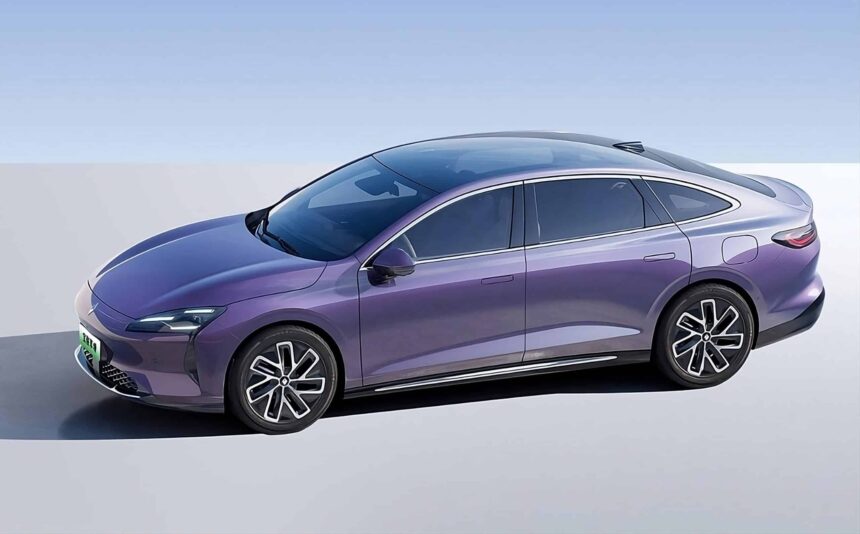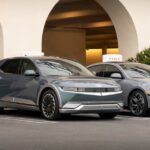On December 26, Baojun’s flagship sedan, designed specifically for family-oriented customers, officially debuted under the moniker “Baojun Xiangjing”, with a planned formal launch expected to take place in the first half of 2025. All BEV and PHEV variants are expected to be available for supply. The Chinese Ministry of Industry and Information Technology (MIIT) previously designated the vehicle as “Yunguang”.
Founded in 2010 as a joint venture between SGMW, Baojun has rapidly expanded its operations to achieve an impressive milestone of one million annual vehicle sales by 2017. Despite this, Baojun’s gross sales have suffered six consecutive downturns. The company’s full gross sales were 879,000 vehicles in 2018, 604,000 in 2019, 422,000 in 2020, 215,000 in 2021, 59,600 in 2022, and just 51,600 in 2023. Baojun is now targeting the broader mainstream market with a focus on family-oriented buyers, rebranding the Xiangjing as a “practical and luxurious flagship sedan” designed for the mid-to-high-end segment.

While the EV and PHEV variants diverge in terms of design, the PHEV stands out with its distinctive through-type headlight stripe, seamlessly integrating the headlights on either side to create a cohesive look.



The electric vehicle’s design features a sleek, closed grille and advanced three-point LED headlights for enhanced visibility and style. The lower section of the vehicle is equipped with a trapezoidal mesh grille that features elegant silver accents. Baojun’s brand is positioned at the very core.

The Baojun Xiangjing is expected to reintroduce the Lingmou Clever Driving 2.0 Max system.

The overall length, width, and height of the vehicle are 5005 mm, 1900 mm, and 1490 mm for the electric version (EV), or 1505 mm for the plug-in hybrid electric version (PHEV); it features a wheelbase of 2900 mm. The Geely Galaxy E8 boasts a dimension profile of 5010mm in length, 1920mm in width, and 1465mm in height, supported by a substantial 2925mm wheelbase.

The electric vehicle’s potency stems from a robust 186 kilowatt (249 horsepower) electric motor, accelerating to a brisk 170 kilometers per hour, in conjunction with a reliable lithium iron phosphate battery pack. The plug-in hybrid electric vehicle variant is driven by a 1.5-litre turbocharged engine, capable of delivering up to 105 kilowatts (141 horsepower) and reaching a top speed of 190 kilometres per hour, when paired with a lithium iron phosphate battery pack that provides an estimated 101 kilometres of pure electric range on the Chinese Laboratory Test Cycle. Details regarding the battery’s capabilities and variations remain unclear at this time.

The interior design aligns seamlessly with the spy shots, boasting a straightforward cockpit configuration featuring a comprehensive full-LCD instrument panel, a prominent central management display screen, a flat-bottomed steering wheel, and a mid-console with two cup holders and a convenient storage compartment.
We will carefully monitor further developments.
Leading Chinese online services and media companies, including Baojun, Sohu, ITHome, Autohome, and Sina.











